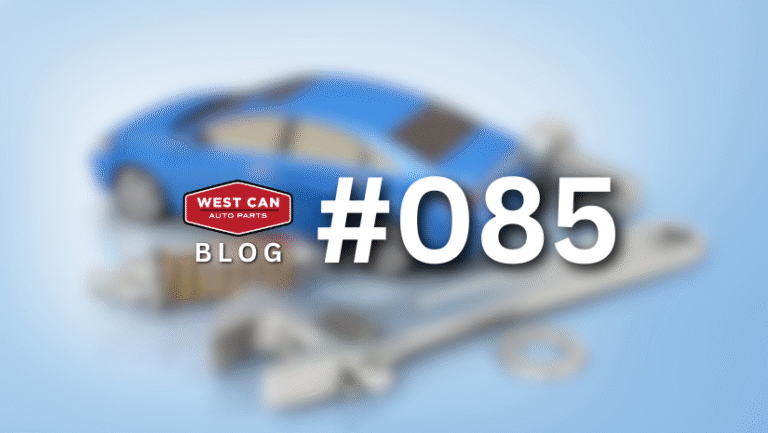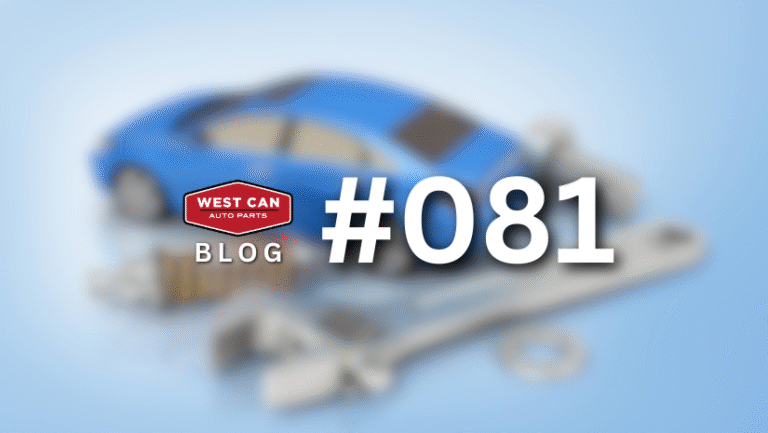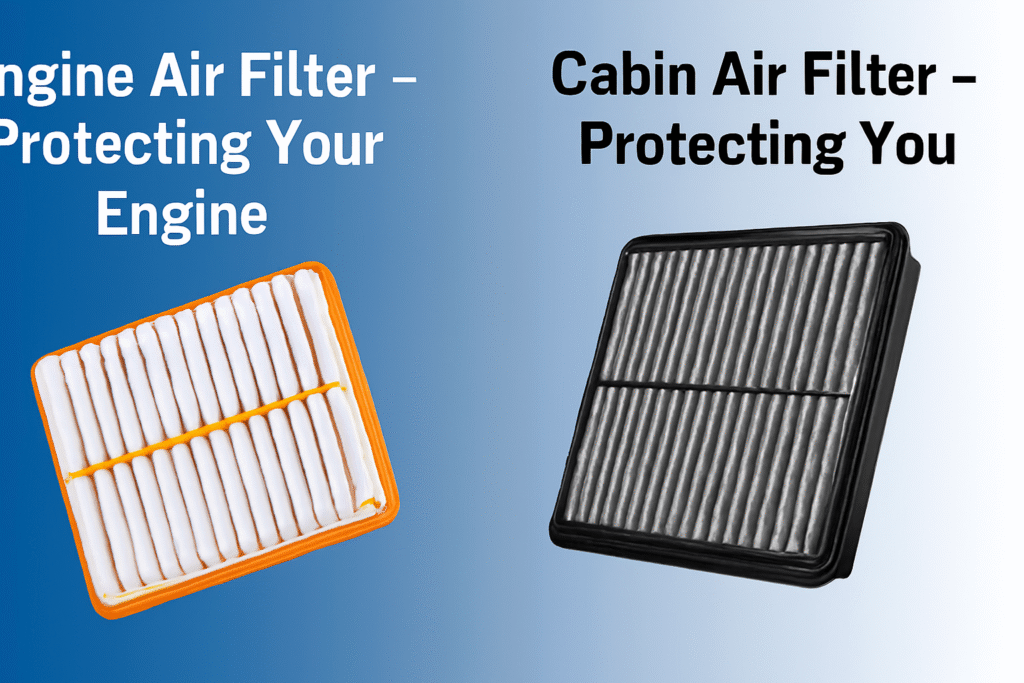
Similar Posts

Choosing the Best Front & Rear Shocks for Your Ford F-150
Sharing is CaringThe Ford F150 is a legendary pickup truck known for its durability, versatility, and performance. Whether you use your F150 for daily commuting, heavy-duty towing, off-roading, or all of the above, having the right shocks is essential for maintaining ride quality and handling. The right shocks can significantly improve your truck’s performance, comfort,…

Battery vs Alternator: Who’s Really to Blame for a Dead Car?
Sharing is CaringYou hop into your car, turn the key—or press the start button—and nothing happens. Or maybe you hear a slow crank, a clicking sound, or just silence. It’s one of the most frustrating moments any driver can experience. But is it the battery that’s let you down—or is the real culprit your alternator?…

Why Is My Car Smoking? A Complete Guide to White, Blue, Black & Grey Exhaust Smoke
Sharing is CaringExhaust smoke can feel like the car’s way of sending distress signals into the air—subtle, dramatic, or somewhere in between. For many Canadian drivers, especially in colder regions where mornings can be icy and engines take longer to warm up, understanding these signals is essential. Smoke isn’t always a sign of trouble, but…

Most Common Car Problems
Sharing is CaringFrom time to time everyone finds them to have problems with their cars. If you develop a problem, it’s never a good idea to ignore it; Handling small problems immediately after that happens is the best way to avoid big improvement bills later on. Safety is also another concern, keeping your car in…

Is Your Car Getting the Preventative Maintenance It Needs?
Sharing is CaringPreventative maintenance is the care and protection of your vehicle against potential major auto repairs. It involves regular maintenance and inspections to keep your car running smoothly and avoid costly breakdowns. Here are some important steps to ensure your car is getting the preventative maintenance it needs: 1. Regular Oil Changes Oil changes…

Top Signs Your Car Battery Is Dying and How to Prevent a Breakdown
Sharing is CaringYour car battery might seem small compared to the engine or transmission, but it’s the heart of your vehicle’s electrical system. It powers everything from your headlights to your ignition system. Yet, most drivers don’t think about their car battery—until their car refuses to start. The truth is, batteries rarely die without warning….





